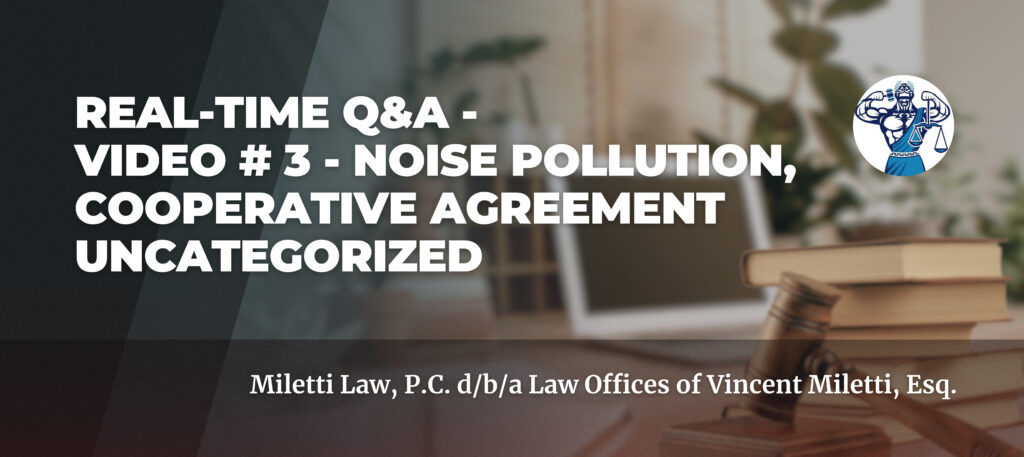The statute of limitations is one of the most intricate concepts when it comes to legal matters. In our blog Understanding New York’s Statutes of Limitations on Employment Law, we provided basic information concerning this concept and cautioned that nothing is fairly straightforward in many cases when it comes to the concept. For instance, while the statutes of limitations dictate how long prosecutors must file a case in criminal courts, they specify the deadline for seeking benefits, filing a claim, or initiating litigation when it comes to employment law.
This is why you may always require an attorney’s legal advice to understand any deadlines that you may not be aware you are facing. Nonetheless, although statutes tend to vary significantly based on circumstances, the New York State Human Rights Law’s statutes of limitations are classified broadly as follows:
Tolling – as the court ruled in Pan American World Airways, Inc. v. New York State Human Rights Appeal Bd., 463 N.E.2d 597, 600 (N.Y. 1984), the statute of limitations is tolled while an action in a lawsuit or complaint filed by an individual with the New York State Division of Human Rights (NYSDHR) is pending.
Time to file a suit – Pursuant to a ruling made in N.Y. C.P.L.R. 214(2); Koerner v. State, 467 N.E.2d 232, 233 (N.Y. 1984), an individual has up to 36 months, after the occurrence of the alleged unlawful discriminatory act, to institute and file a civil action under the NYSHRL.
Time to file a complaint with the NYSDHR – Pursuant to N.Y. Exec. Law § 297(5), while complaints alleging sexual harassment should be filed with the NYSDHR within 36 months, an individual has up to 12 months to file a complaint in cases alleging unlawful discriminatory practice. In our blog Exhaustion Requirement & Statute of Limitations Under NY Laws., feel free to hit the link, we noted that although plaintiffs are required to elect their remedies by either initiating a cause of action in a court of competent jurisdiction or pursuing a complaint before the NYSDHR when filing an action for unlawful discrimination, there is no exhaustion requirement under the NYSHRL. We also added that pursuant to N.Y. Exec. Law § 297(9) of the NYSHRL, even if the State Division dismisses a complaint for administrative convenience, a person may still bring a complaint in a court of competent jurisdiction provided that the individual has already filed a complaint with the State Division. Notably, pursuant to N.Y. Exec. Law § 300 of the NYSHRL, if the claimant has not made the decision of proceeding in court, proceedings pending before the State Division are exclusive for unlawful discrimination claims under the NYSHRL. We also mentioned that, however, under this same statute, any other criminal or civil action based upon the same grievance is precluded under the final determination by the State Division.
Administrative exhaustion – lastly, pursuant to N.Y. Exec. Law § 297(9) and as elaborated above, an individual is not required to meet exhaustion of administrative remedies before they can file a civil suit. Accordingly, whether to initiate a cause of action in court or file a complaint with the NYSDHR is a matter of choice. However, suppose one opts to file a complaint with the State Division. In that case, the individual must request and receive a dismissal from the NYSDHR in order to proceed and file a lawsuit in a court of competent jurisdiction.
It is crucial to note that the information provided herein, for the purposes of record, was current as of February 10, 2022.
As usual, in case you need further clarification regarding the information shared in this blog post, we, the authoritative force in Employment & Labor Law, serving as primary counsel or cumis counsel and providing diverse legal services in both a traditional and online, web-based environment, whether it be for small or large-scale businesses on a panel or a case-by-case basis, are just a call or email away!
Also, beware that we are not only taking over the industry when it comes to Employment Defense and Employment Practices, but also in Intellectual Property Defense (Trademark, Copyright, and Proprietary Information), Management Side Defense, Regulatory and Compliance, Business Law & Corporate Law, and Professional Liability, among others. Whether serving directly or on behalf of a third party (EPLI, D&O, E&O), we stay unusually motivated® to take on all your needs!
As we continue dropping knowledge bombs every day, stay tuned for more educative, inspiring, and interesting videos and blogs. In the interim, if there are any questions or comments, please reach out to us through our Website and let us know at the Contact Us page!
Always rising above the bar,
Isaac T.,
Legal Writer, Author, & Publisher.
 Professional Legal & Business Services And Representation - English & Espanol!
Professional Legal & Business Services And Representation - English & Espanol!

 314-648-2586
314-648-2586 CALL US NOW
CALL US NOW







